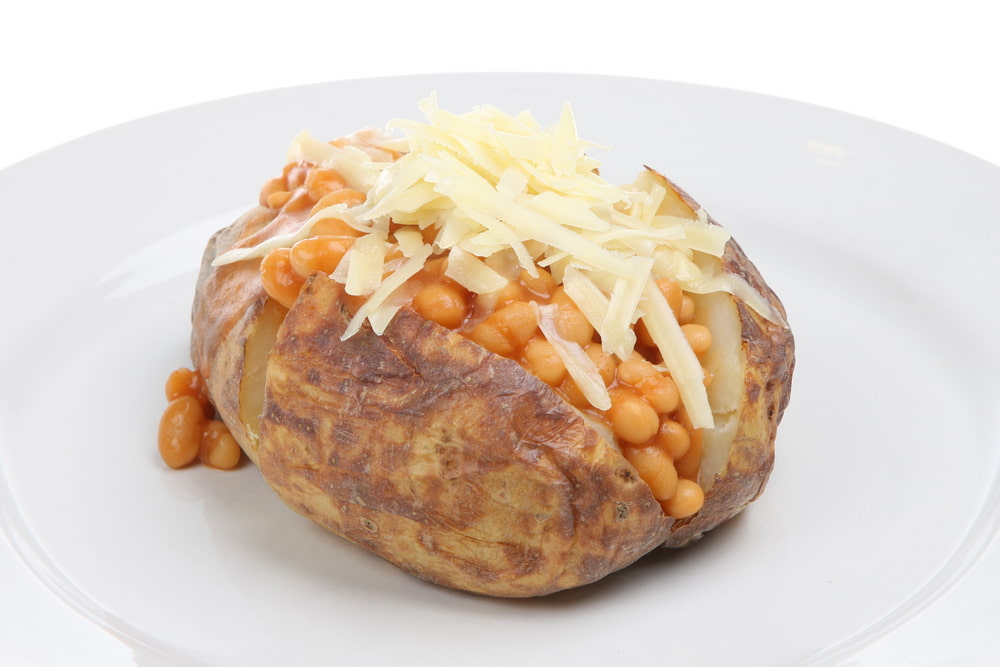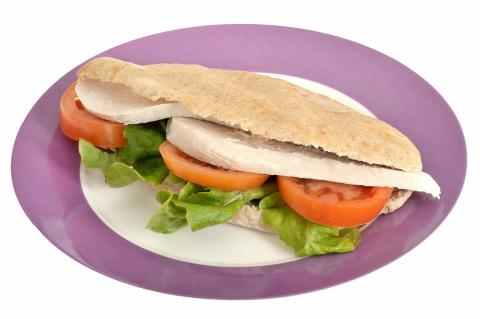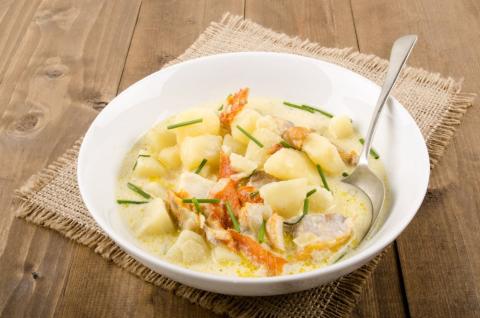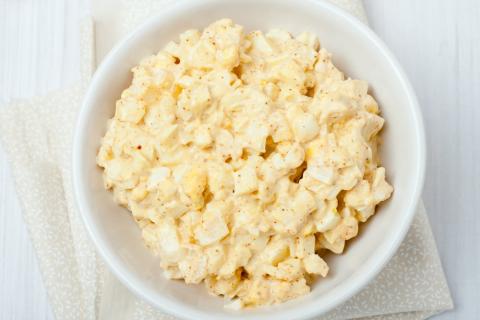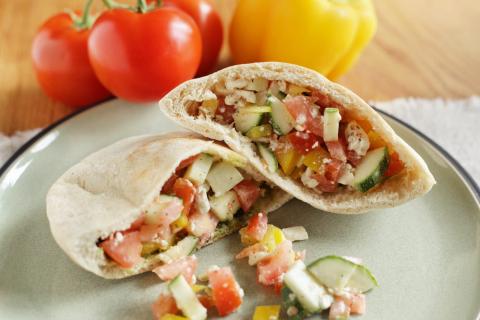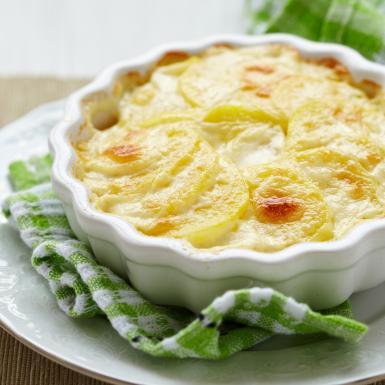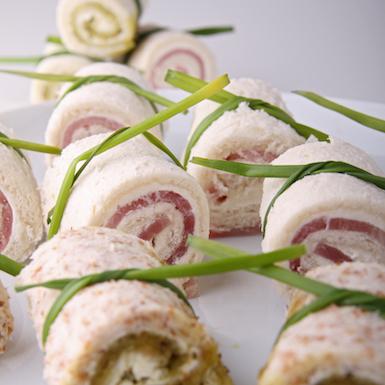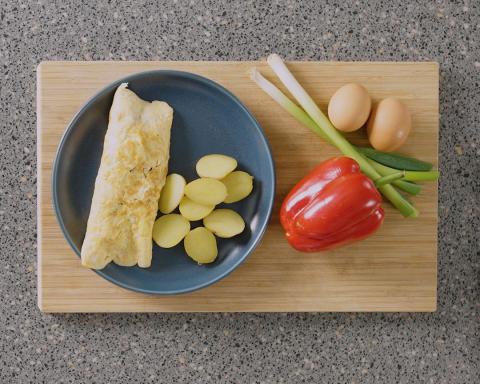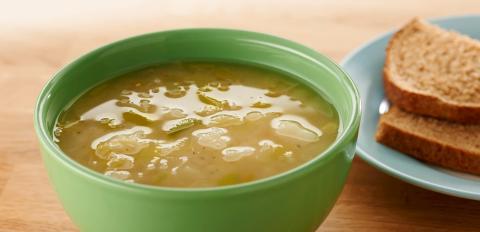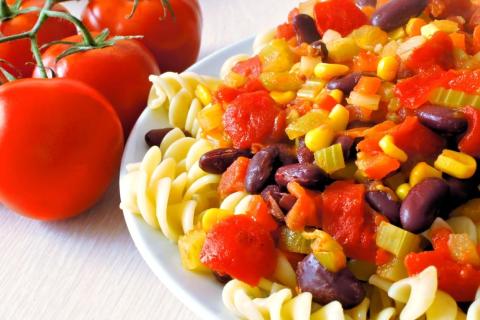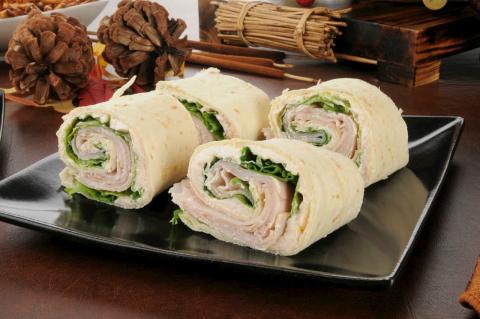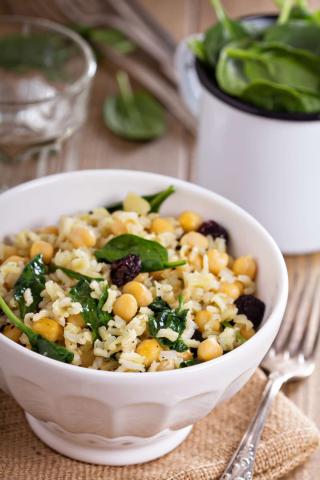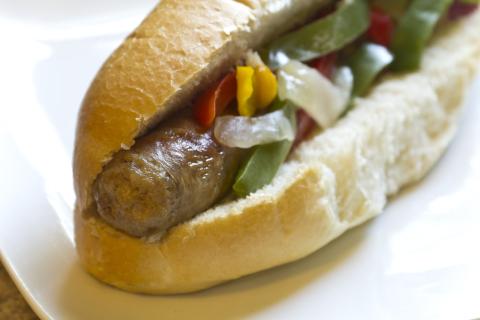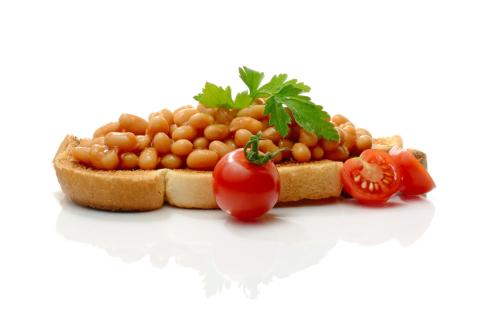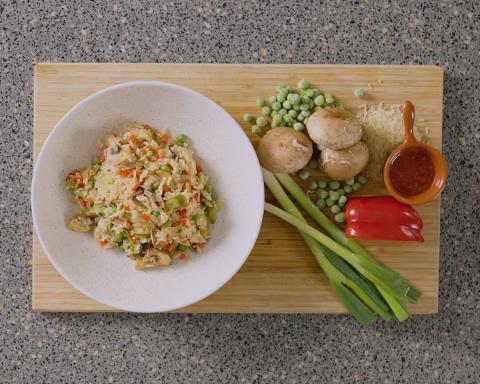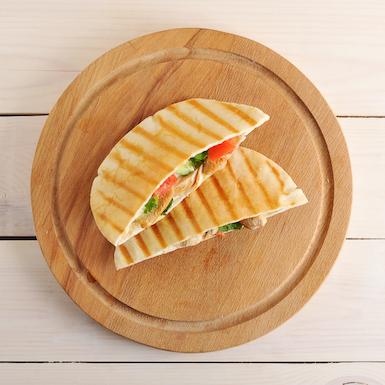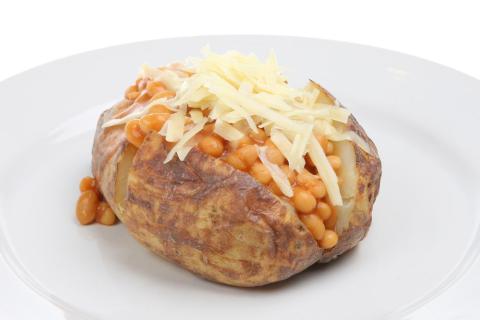- 4 Medium (720g) Baking Potatoes
- 2 Tins (800g) Baked Beans (choose reduced salt & sugar whenever possible)
- 4 Heaped tablespoons (80g) Reduced Fat Cheddar Cheese (grated)
- 4 Teaspoons (12g) Vegetable Oil
Ingredients
Allergy Disclaimer
Always check the label of each ingredient for allergy warnings.
Method
- Set the oven to 200°C / 180°C fan oven / 400°F / gas mark 6.
- Wash the potatoes and use a fork to prick each one all over.
- Using your hands, cover each potato in a teaspoon of oil.
- Place each potato on a foil covered tray and cook for between 1¼ and 1½ hours. When cooked, the skin should be golden brown and crisp, and the potato should give a little when squeezed.
- Grate the cheese.
- Gently heat the baked beans in a saucepan for 3-5 minutes until hot, stirring continuously. Do not allow them to boil.
- Cut the potatoes in half, spoon the baked beans over them and sprinkle the cheese on top. Enjoy hot.
Time Saver Tips
You can always heat the potatoes in the microwave instead. Simply, cook all potatoes on full power for 10 minutes then turn them over and cook for another 5 minutes. If they're still hard, cook for another minute at a time until they’re soft all the way through. (The length of cooking time will depend on the number of potatoes you cook at once and the power of your microwave.)
Tips for Kids
Kids can help by washing and pricking the potatoes with a fork. If your little one isn’t a fan of the skins, why not scoop out the potato once cooked and mix it with the filling? You could try to encourage them to eat a little bit of potato skin, but don’t let it put them off the whole meal! For added greens, try adding chopped spring onions to the beans, or serving with a side salad. Why not try adding chopped spring onions to the beans, or serve with a salad to help towards your little one’s five a day?
Nutritional Information
Based on a single serving of 403g (% of an adult's reference intake)
Energy
426 kcals ( 21 %)
1,801 kJ ( 21 %)
Fat
3.3 g ( 17 %)
Saturates
70.8 g ( %)
Sugar
12.1 g ( 13 %)
Salt
1.7 g ( 28 %)
Detailed nutritional information
| Per 100g | Per 403g serving | |
|---|---|---|
| Energy Kcals | 106 | 426 |
| Energy Kj | 447 | 1,801 |
| Protein | 5 g | 20.1 g |
| Total Fat | g | g |
| Saturated Fat | 0.8 g | 3.3 g |
| Carbohydrates | 17.6 g | 70.8 g |
| Total Sugars | 3 g | 12.1 g |
| NSP Fibre | 3.4 g | 13.6 g |
| Sodium | 166 mg | 667 mg |
| Salt | 0.4 g | 1.7 g |
Find out about nutritional labelling
Nutrition labels on the front of packaging
- Most of the big supermarkets and many food manufacturers display nutritional information on the front of pre-packed food.
- Front of pack nutrition labels provide information on the number of grams of fat, saturated fat, sugars and salt and the amount of energy (in kJ and kcal) in a serving or portion of a recipe.
- The labels also include information about reference intakes (expressed as a percentage) which are guidelines about the approximate amount of particular nutrients and energy required for a healthy diet.
- The colour coding tells you at a glance if the food has high (red), medium (amber) or low (green) amounts of fat, saturated fat, sugars and salt.
- The more greens on the label, the healthier the choice
- Amber means neither high nor low, so you can eat foods with all or mostly ambers on the label most of the time.
- Reds on the label means the food is high in that nutrient and these are the foods we should cut down on. Try to eat these foods less often and in small amounts.
Food shopping tips
If you’re trying to decide which product to choose, check to see if there's a nutrition label on the front of the pack. This will help you to quickly assess how your choices stack up. You will often find a mixture of red, amber and green colour coding for the nutrients. So when you're choosing between similar products, try to go for more greens and ambers and fewer reds if you want to make a healthier choice.
 Activities & Play
Activities & Play Behaviour
Behaviour Childcare
Childcare Development & Growing Up
Development & Growing Up Family, Friends & Relationships
Family, Friends & Relationships Feeding Your Baby
Feeding Your Baby Food & Eating
Food & Eating Health & Safety
Health & Safety Mental Health & Wellbeing
Mental Health & Wellbeing Money & Work
Money & Work Online Behaviour & Safety
Online Behaviour & Safety Pregnancy & First Days
Pregnancy & First Days School & Education
School & Education Sleep
Sleep

